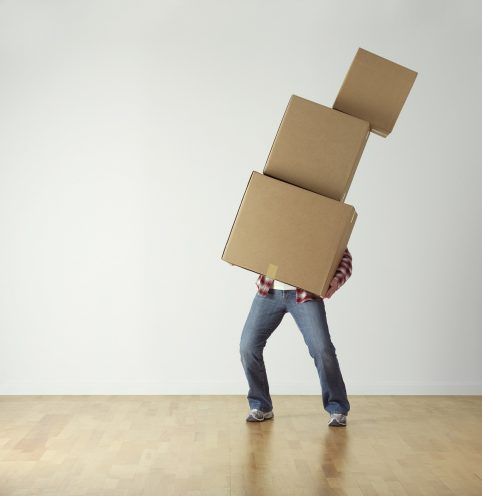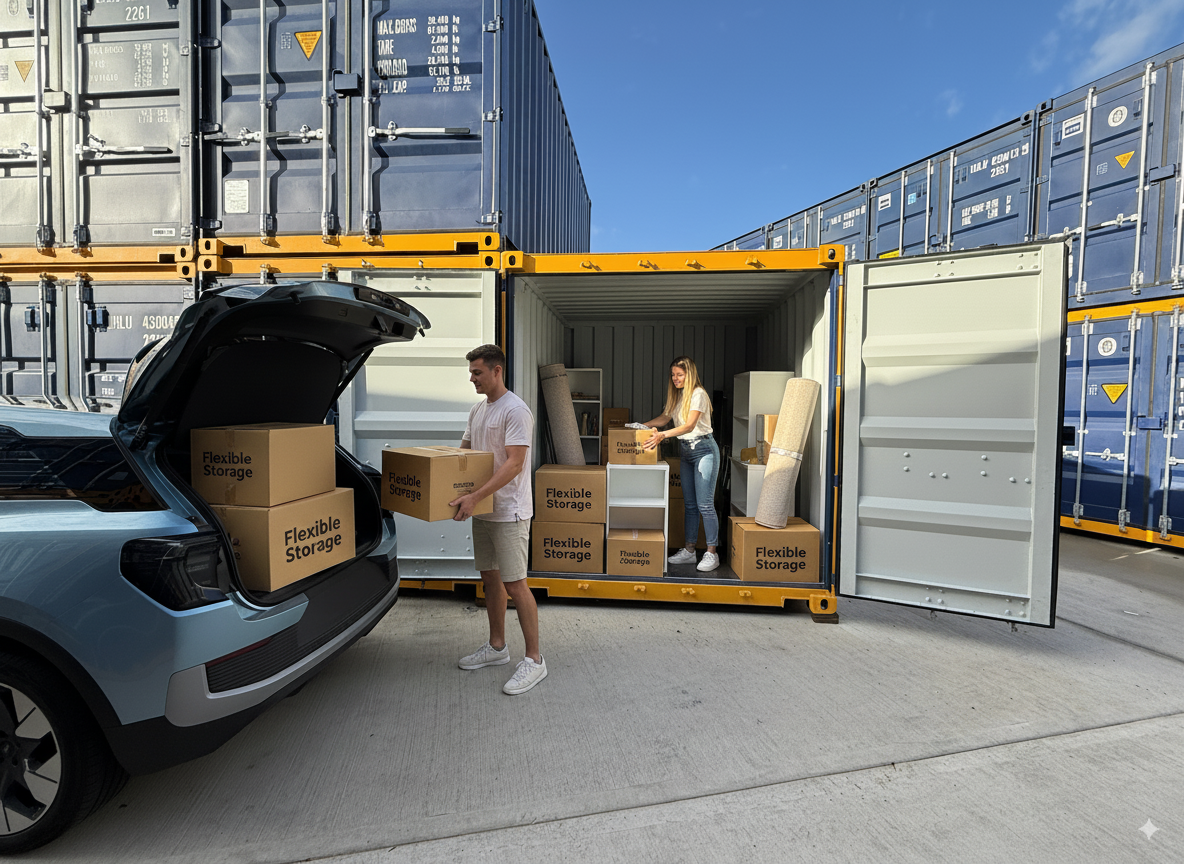
MOVING DAY – HOW TO PACK UP YOUR HOUSE FOR STORAGE
So moving day is just around the corner. Your house is sold, you’ve spent months planning the big move and you’ve finally got round to hiring a professional storage facility. All you need to do now is pack up all of your worldly belongings so that they get to your new home or go into storage safely.It sounds straightforward enough but, as with most things, it’s easier said than done. There are definitely right ways and wrong ways when it comes to packing. Do it right and your personal items with survive the move in one piece; do it wrong and you might have to say goodbye to some of your most treasured possessions.So how do you go about packing up your house for storage? Let us help you out with our straightforward packing advice.
Understand your storage unit restrictions
Before you start boxing up your stuff, make sure you know the dimensions of your storage unit so you know exactly how much storage space you have to use. As well as knowing how much you can store, you need to know what you can store. Your storage facility should inform you of all the items that cannot be stored in your unit. This will vary between facilities but restricted items will generally include:
- Hazardous materials – this includes corrosive chemicals, noxious gases, flammable substances or anything that could explodes such as compressed gas. These materials pose serious health risks and you could be liable if any damage occurred as a result of storing dangerous items.
- Perishable items – this includes pet food as well as other general food items. While canned foods are generally permitted, anything perishable may attract pests such as insects and rodents. This is a health and safety issue and also risks damage to your belongings.
- Anything living – this includes animals, people and, for the most part, plants too! Although we may offer 24 hour access to our storage units, they are not designed to be lived in.
Use proper packing materials
If you’re planning on moving important personal items, last Christmas’s gift boxes are probably not going to cut it. To ensure your belongings are as safe and secure as possible, you are going to need plenty of boxes in varying sizes. Reinforced industrial storage boxes are the best but there are plenty of alternatives on the market. As well as boxes, you will need padding in the form of bubble wrap, loose fill foam peanuts or good old-fashioned newspaper. Avoid using plastic bags to protect items as they can attract mildew and – as you’re more than aware – they’re not great for the environment. Remember to use robust packing tape to seal your boxes shut – you don’t want any accidents!(At Flexible Storage, we can provide you with the best packing materials to ensure your items are safe in transit and in storage. These materials range from bubble wrap to paper furniture covers to packing tape. Contact us today to find out more.)
Label everything clearly
Packing items for storage is no small task. You will be handling and storing hundreds of items in a relatively short space of time. It’s easy to forget what you have packed in each box so remember to label each box with the details of its content. We’ll leave you to decide how specific to get with your labelling but knowing exactly what is in each box will go a long way to avoiding any losses. As you are putting these items into storage for an extended period of time, it’s always better to be overly cautious. Trust us – you’ll be glad of it when the time comes to collect your storage.
Make an inventory of your items
Packing up your house can be a hectic time. With all the people, boxes, dust and bubble wrap, it can be hard to keep track of exactly what you’re packing. As well as labelling your boxes, keep a detailed inventory of your boxes as you pack everything away. We recommend creating at least two copies of your inventory – one for you and one to keep in your storage unit. This way, you’ll always know exactly what possessions are in storage. You’ll save yourself a great deal of time and energy the next time you come to retrieve any of your storage items.
Pack your belongings efficiently
Space is a premium when it comes to packing, so try not to waste any of it. You’ll need to fill up boxes completely to avoid items moving in transit and becoming damaged. However, packing items too tightly can put strain on your boxes and risk damage to your items so stop if you feel like you’re forcing items into boxes. Remember, the key to successful packing is using sufficient amounts of the right packing material. Fill any gaps with soft belongings or padding such as newspaper. Extra packing tips:
- Always fill boxes with heavier items first, then pack lighter objects on top.
- Use larger boxes for lighter items and smaller boxes for heavier items. This will make it a lot easier to transport boxes – your back (or your removal men) can thank us later!
- Delicate items such as plates and glass should be packed vertically to reduce the risk of breakage.
For more advice on packing things for storage, get in touch with our friendly team today. One of our professional storage consultants can talk you through your self storage options and even provide you with a tailored quote.








